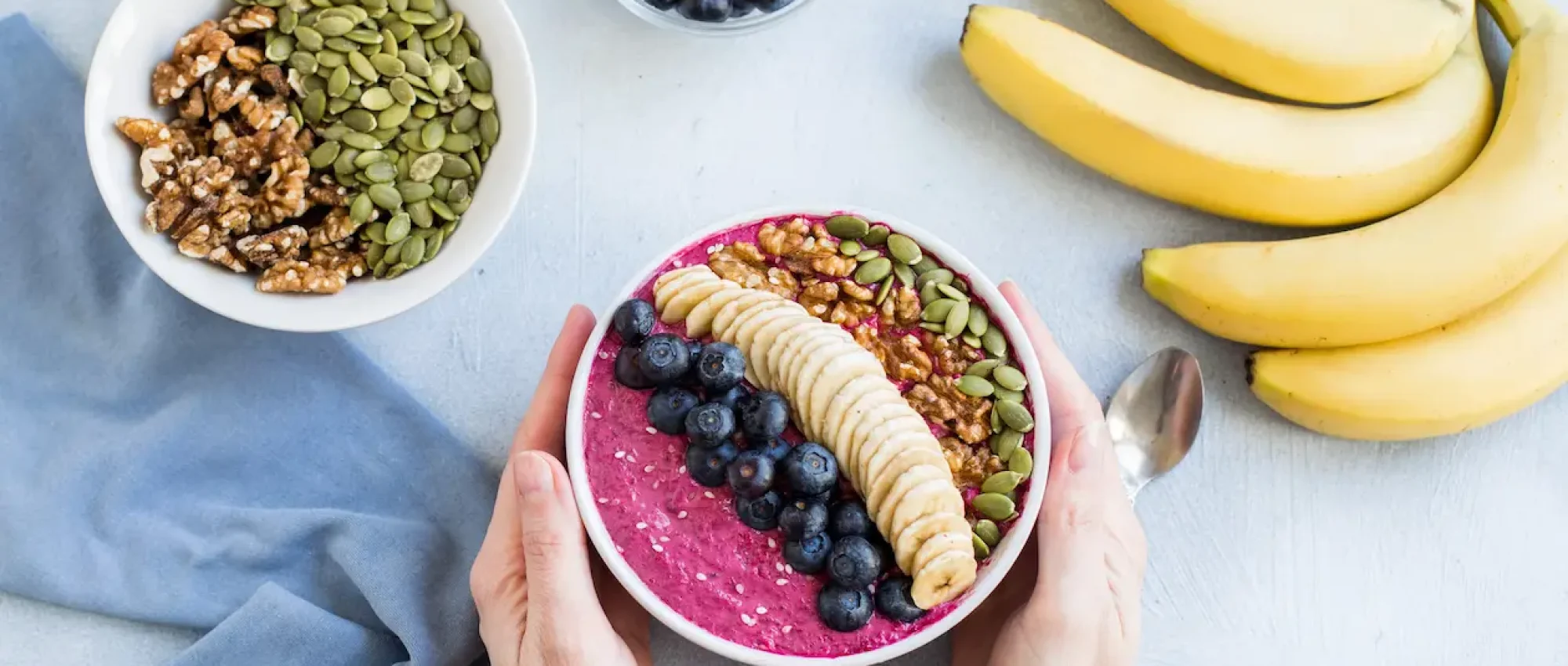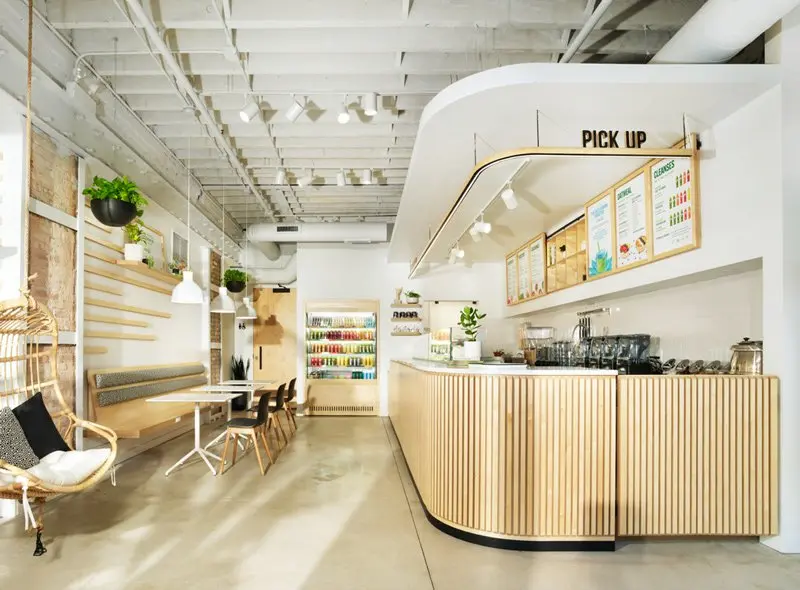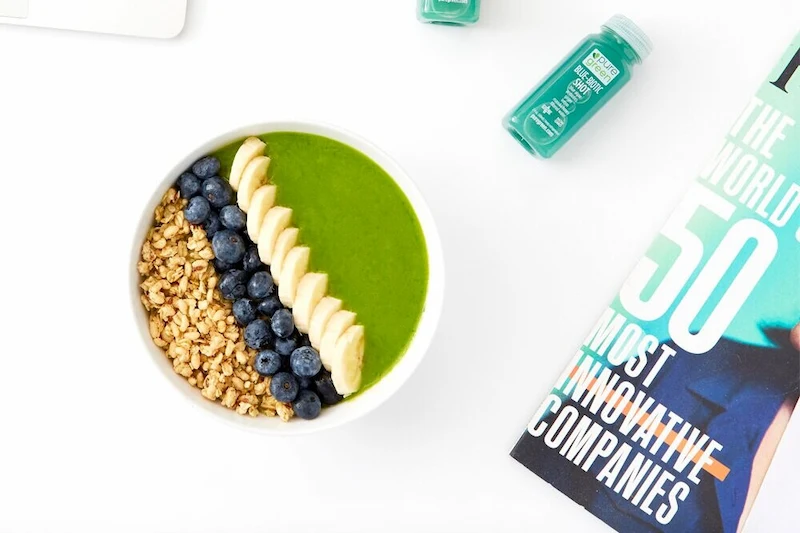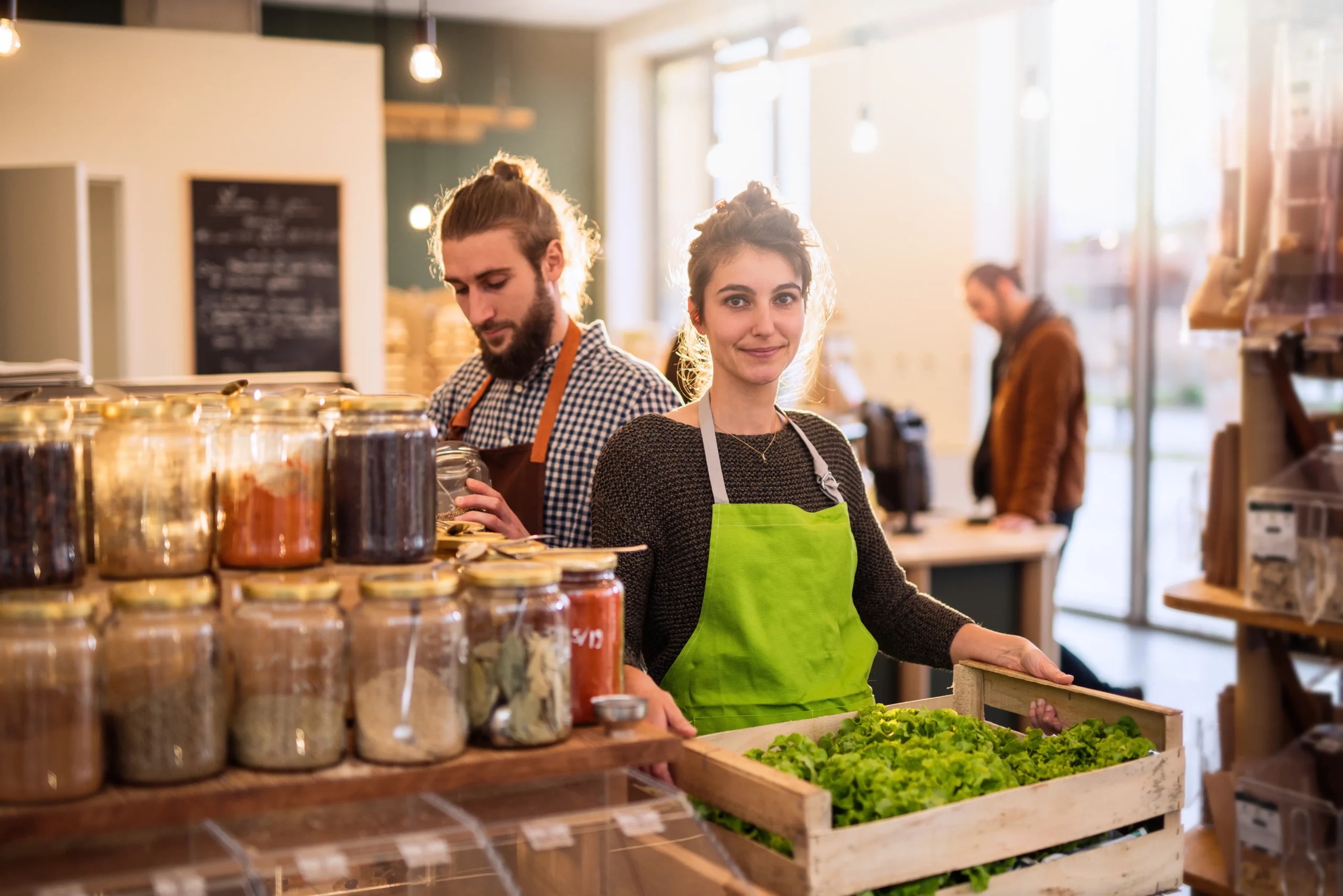Many people struggle with how to make an acai bowl at home the same way it is served in juice bars. At Pure Green, we get asked all the time why when our guests try to make acai bowls at home, it never seems to taste the as it does at Pure Green locations. There are numerous reasons why people struggle to get the right consistency when they make acai bowls at home; many people report that the efforts of their labor result in a thin soupy mess. As acai enthusiasts, this breaks our heart and we are excited to get into the specific acai blending techniques and troubleshoot common amateur mistakes.

Pronunciation of Acai
Many people mispronounce acai calling it ‘ah-cay-yee’ which is like nails on a chalkboard for brazil natives and juice bar enthusiasts. The correct pronunciation of acai is:
‘ahh-sigh-EEE’
Got it? Good. Let’s move on.
How to make an Acai bowl and where does it come from?
Before we get into how to make an acai bowl, it is important to get a little background history on this superfruit. The acai berry is native to South America and grows on the acai palm tree. These trees require rainforest conditions to grow which is why Brazil and its surrounding countries are the only area in the world where acai berries and be found. Acai is a staple food for Brazilian natives and acai berries are typically manufactured in Brazil, frozen in packs, and imported to the United States.
The acai palm tree is native to the Amazon rainforest; acai itself appears in many forms within nature. Indigenous people of Brazil have eaten acai for thousands of years, traditionally eating acai pulp straight out of the fruit.
Acai berry (Euterpe oleracea), acai palm tree (Euterpe edulis)
The acai plant can be found throughout South America, including countries like Brazil, Venezuela, and Colombia. The acai plant grows best in tropical wet forests with an average temperature between 70°F-90°F (21°C-32°C). The soil must also be moist but not waterlogged or else acai seeds will not germinate properly. Acai plants do not have a taproot, so acai seedlings cannot establish in heavy or dry soils.
In the Amazon rainforest acai is an important plant for fruit-eating animals and birds, including bats and primates. Since acai grows on tall palms that can grow more than two stories high acai also provides shade and shelter for these animals.
The acai palm is part of the flowering family Arecaceae (Palmae), which includes coconut palms and oil palms like Elaeis guineensis ( African Oil Palm ). The acai berry falls from the acai palm tree when it ripens; its purple color ensures that no passerby will miss it! An acai palm can produce up to 7,000 acai berries in one year.
The acai berry (Euterpe oleracea) contains approximately 5% pulp and 95% seed. The acai fruit is about the size of an average grapefruit, with a round shape tapering off at the ends. It typically weighs between 2.5oz-3oz (72g-84g). When ripe acai’s are dark purple to black in color, but unripe acai may be light green or yellowish in color with red splotches. This fruit has a sweet and fruity taste that some compare to a mix of chocolate and blueberries!
The acai berry has been cultivated by humans since long before history began. A rock drawing in the Serra da Capivara National Park in Brazil, which was once densely forested, suggests acai has been eaten there since at least 4800 B.C. This region is one of the best places to find acai palms today!
As we focus on how to make an acai bowl, it’s intriguing to see how this superfruit has not only become a staple in health-conscious diets but also how it has inspired culinary creativity worldwide. The process of learning how to make an acai bowl opens up a world of versatility in the kitchen, allowing for endless experimentation with flavors and ingredients.
The basic steps in how to make an acai bowl involve blending frozen acai pulp with a liquid base, like juice or milk, and then customizing it with your favorite toppings. This simple yet flexible process has led to the creation of countless variations, each offering a unique twist on the classic acai bowl. From the choice of liquid base, which can range from almond milk for a nutty flavor to apple juice for added sweetness, to the selection of toppings like fresh fruits, nuts, seeds, or even a drizzle of honey, each element you choose adds a personal touch to your acai bowl.
Moreover, the trend of how to make an acai bowl has been fueled by its visual and nutritional appeal. A well-prepared acai bowl is not only a feast for the eyes but also packed with essential nutrients, making it a favorite for those looking to maintain a healthy lifestyle. The vibrant colors of the acai blend, topped with a variety of textures and hues from fruits and other toppings, make it particularly popular on social media platforms, where its aesthetic appeal is as much a draw as its health benefits.
In essence, learning how to make an acai bowl is about more than just following a recipe; it’s about embracing a healthy, vibrant lifestyle and unleashing your culinary creativity. Whether you’re making a quick breakfast, a nutritious snack, or a visually stunning treat, the acai bowl is a versatile option that caters to a wide range of dietary preferences and tastes.
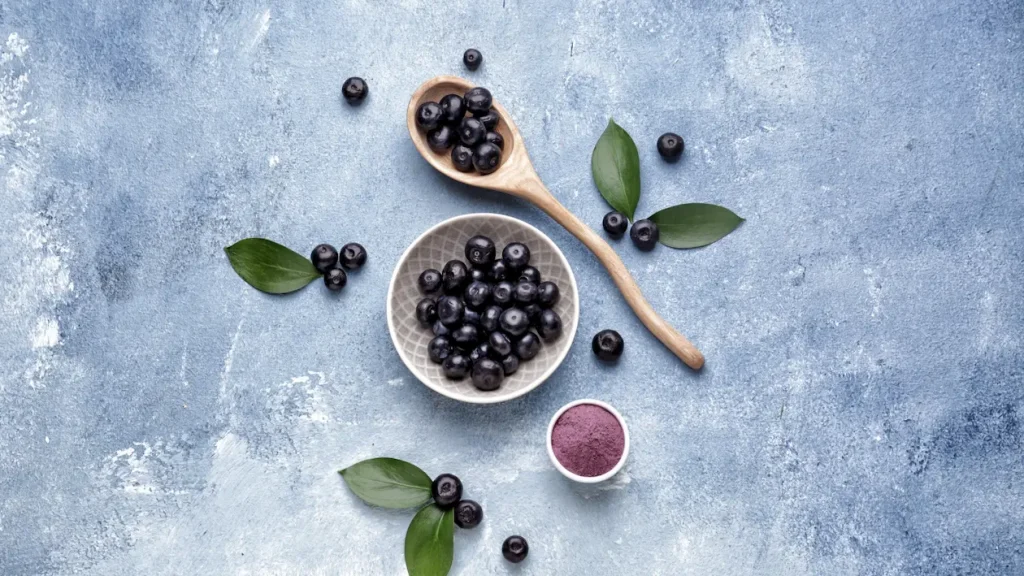
Health Benefits of Acai
Acai is rich in antioxidants, high in fiber, protein and includes trace minerals including chromium, zinc, iron, copper, manganese, magnesium, potassium, and phosphorus. The most potent benefit in acai berries is from anthocyanins which give acai berries their deep purple color and act as antioxidants in the body. Acai berries have higher amounts of antioxidants than fruits like blueberries.
The antioxidant content of foods is measured by Oxygen Radical Absorbance Capacity (ORAC) score and 100 grams of frozen acai pulp has an ORAC value of 15,405 crushing blueberries where the same amount on blueberries only has a score of 4,669.
The acai berry is a small purple fruit that looks like a grape, and it has been called “the newest superfruit.” Here are some of the major acai health benefits:
Acai berries can lower blood pressure and improve artery function. Studies show acai increases Nitric Oxide levels in the body, which helps arteries relax and also reduces high blood pressure. It also contains antioxidants such as anthocyanins, proanthocyanidins, resveratrol, polyphenols, catechins, quercetin gallic acid, ellagic acid, and cyanidin 3-glucoside.
Acai contains omega fatty acids for healthy brain function. Omega-3 is an essential fat that our bodies can’t make; we must get it from foods like acai. Acai berries contain the highest levels of omega-3s found in plants thus far studied. These fatty acids are especially important for your heart and brain health.
Acai berries help decrease inflammation. In one study, acai extract was as effective as hydrocortisone cream at reducing skin redness from inflammation-but without side effects or allergies associated with hydrocortisone cream. The acai berry helps reduce the body’s response to stress, including aches and pains that are often the result of inflammation. Acai berries also contain L-Arginine, an amino acid that helps improve blood flow to skin tissues for softer, younger-looking skin.
Acai berry juice is a natural energy booster. One acai berry contains about 60 percent more antioxidant power than acerola cherries or blueberries. Acai’s high antioxidant level may help increase your metabolism because antioxidants help reduce free radicals in the body, which are molecules that can damage cells and lead to chronic diseases like cancer and heart disease.
Best Way to Consume Acai
Fresh Acai Berries? Unless you live in Brazil or are visiting, fresh acai berries are not an option. They go rancid quickly which is why they cannot be shipped and which is the reason why you typically see frozen packs of acai. Frozen packs of acai and processed acai powder are the two main forms of acai in the United States.
Acai bowl, a new type of healthy breakfast to the world, can be made in less than 10 minutes with only five ingredients. The acai bowl is one of the trendiest foods that is loved by many people around the world. Let’s find out how you can make an acai bowl at home and which ingredients are needed to make it delicious.
Want to eat healthily, but not sure where to start? Want to know how to make an Acai bowl? An acai smoothie bowl can be a good way to incorporate more fruits and vegetables into your diet. But which fruits and vegetables go best together? Homemade acai bowl recipe also provides you the best test if you use strawberry, blueberry, coconut, milk, butter, chia seed, Coconut milk, fresh berries, sliced banana, almond butter, nut butter and other fresh fruit. Do not use added sugar, added sugar is not a healthy option for you. Adding honey can sever the sweetener purpose.
This smoothie bowl, you can take at your breakfast. You can also add some cold pressed juice to this smoothie bowl. It will increase the nutrition facts. At Puregreen, we always serve the best acai bowl. We are not using any frozen fruit, frozen berries or any other added sugar. We always serve fresh berries, pure honey, blueberry, peanut butter.
Acai in Sorbet form is Higher in Sugar than Frozen Packs
Acai berries in their raw form are bitter and tart fruit. Adding some fruits or sweeteners is needed in order to make the taste more palatable. Although, acai sorbets that don’t need to be blended is certainly a convenient option, however, the main issue with acai sorbets is that they contain very high sugar levels compared to most frozen packs.
The reason for the higher sugar level in ready-to-serve sorbets is to achieve the ice cream-like consistency, double the sugar content of the acai packs is required. This is the reason that frozen acai packs are the best option for making acai bowls. However, not all acai packs all created equally and some acai packs contain higher sugar levels than others.
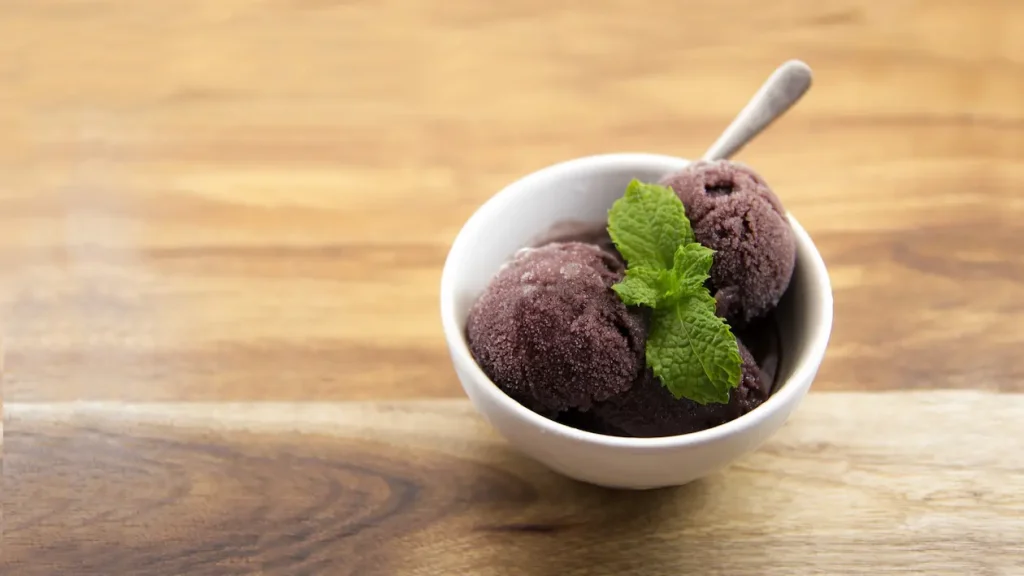
The Best Frozen Acai Packs
The Best Blender for Acai Bowls
In order to get the right consistency, a powerful blender is needed. The best blender to use is a Vitamix Blender which has a powerful motor and can handle the blending needed to create the perfect acai bowls. Blenders like the Magic Bullet blender will struggle to blend and you will be forced to use more of your liquid base in order for it to blend.
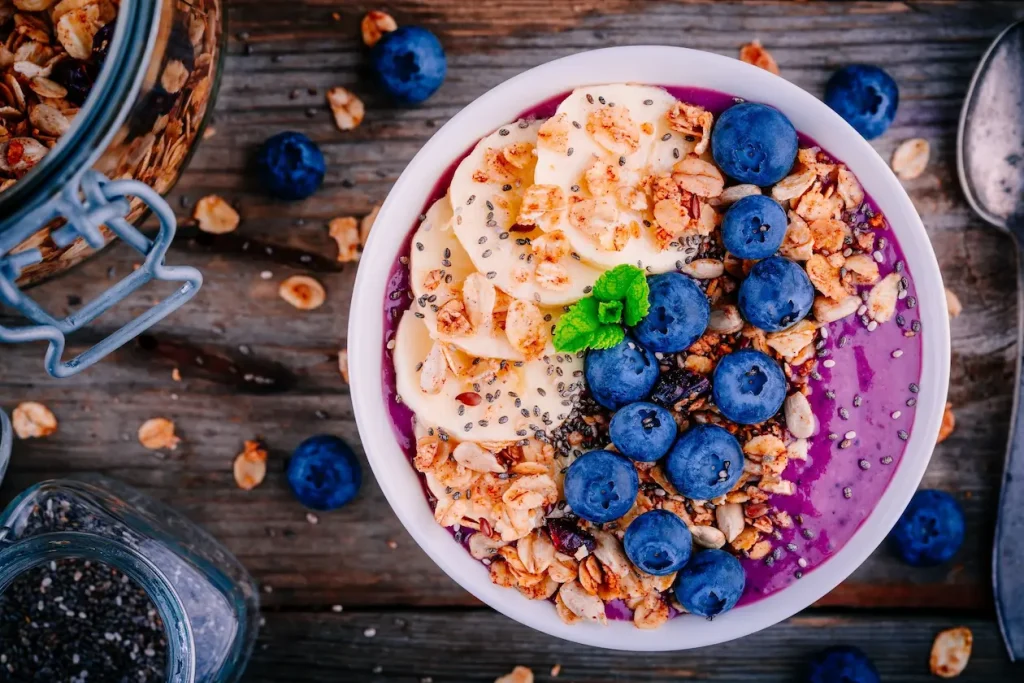
How to Make an Acai Bowl Recipes
Learning how to make an acai bowl with the right consistency is key to mastering this nutritious and delicious treat. Using a high-quality Vitamix blender, you can create the perfect acai base for your bowl. Here are some tried-and-tested recipes to get you started:
Traditional Acai Bowl Recipe
Ingredients:
2 packs of frozen acai
4 ounces of coconut milk or almond milk
3 to 4 slices of frozen banana
Instructions:
Combine the frozen acai, your choice of milk, and frozen banana slices in your Vitamix blender.
Blend for 60 seconds, using the tamper as needed to ensure a smooth, even consistency.
Recommended Toppings:
Organic hemp granola
Sliced fresh banana
A dollop of cashew or almond butter
Tropical Acai Bowl Recipe
Ingredients:
4 ounces of coconut water
3 small slices of frozen pineapple
4 small pieces of frozen mango
Instructions:
Add the coconut water, frozen pineapple, and mango to your Vitamix blender.
Blend until smooth, creating a tropical-flavored acai base.
Recommended Toppings:
Organic hemp granola
Chia seeds
Fresh blueberries, blackberries, and strawberries
Berry Acai Bowl Recipe
Ingredients:
4 frozen strawberries
Instructions:
Blend the frozen strawberries in your Vitamix blender until you achieve a smooth consistency.
Recommended Toppings:
Organic hemp granola
Fresh blueberries and strawberries
Each of these recipes highlights the versatility of acai bowls and how you can tailor them to your taste preferences. Remember, the key to a perfect acai bowl lies in the blending process, and a Vitamix blender is your best ally in achieving that creamy, dreamy texture. Enjoy experimenting with these recipes and find your favorite way to start the day!
